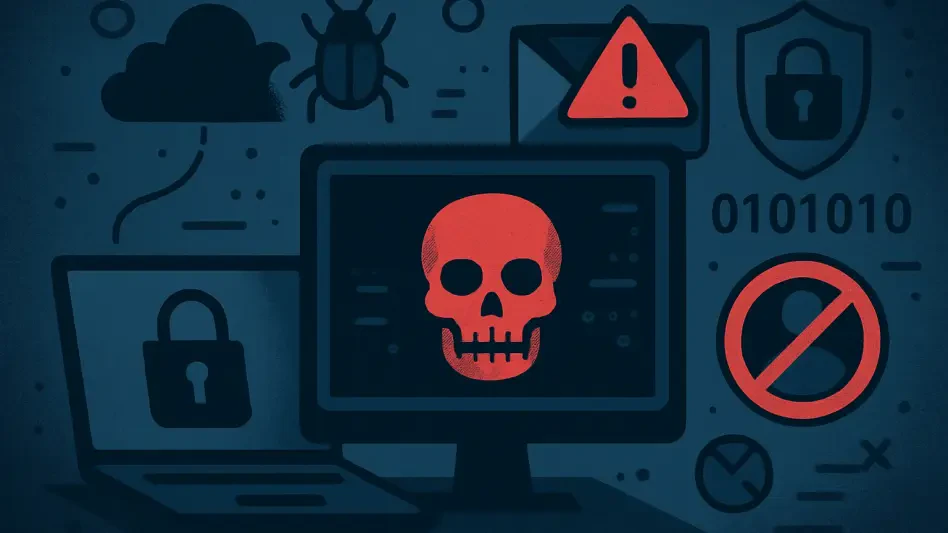In an age where technology infiltrates all aspects of human life, the emergence of cyberwarfare as a predominant form of conflict has profound implications for national security and individual privacy. Unlike conventional warfare, which is typically confined to physical battlefields, cyberwarfare transcends geographical boundaries, exploiting technological networks to inflict damage on a massive scale. This article delves into the definition, impact, nature, and strategies associated with modern cyberwarfare, elucidating how both individuals and nations can better prepare for and mitigate these evolving threats.
Understanding Cyberwarfare
Cyberwarfare represents a formidable threat wherein technological means are employed to disrupt, damage, or destabilize a nation. This encompasses activities such as data breaches, espionage, and network disruptions, all designed to undermine national security and societal stability. Unlike traditional warfare that involves physical combat in clearly defined regions, cyberwarfare is unconfined by geography, making it an omnipresent danger. Every computerized system becomes a potential target, from critical infrastructures to financial networks and personal data repositories.
The expansive scope of cyberwarfare implies that the damage it can cause is substantial and far-reaching. These cyber-attacks, likened to “digital bombs,” possess extensive “blast radiuses” that can debilitate entire communities and nations. An attack on critical infrastructures such as power grids, communication networks, or water supplies can paralyze entire regions, leading to chaos and endangering lives. Furthermore, financial systems are equally vulnerable, with potential breaches that could disrupt markets, create economic instability, and lead to substantial financial losses.
Impact on Society and Individuals
Our society’s dependency on technology has vastly increased our susceptibility to cyber-attacks, making every aspect of modern life a potential target. From vital communication systems to healthcare infrastructure and financial services, the interconnected nature of our world implies that a single, well-orchestrated cyber-attack can have devastating repercussions. The 2024 CrowdStrike outage exemplifies how cyber-attacks can disrupt critical services, affecting millions and halting operations across various sectors.
Moreover, cyberwarfare distinguishes itself from traditional warfare through its lack of geographical constraints, spreading its reach far beyond any physical battlefield. This pervasive nature of the threat means that civilian areas and non-military zones are equally vulnerable to cyber-attacks. Unlike conventional conflicts that typically spare civilians by adhering to war zones, cyberwarfare can strike anyone, anywhere, adding to the gravity and unpredictability of its impact. The potential for civilian casualties and widespread disruption makes cyberwarfare a critical concern for national and global security.
Nature and Trends in Cyberwarfare
The nature of cyberwarfare frequently involves civilian targets, extending its impact to everyday societal functions that are integral to daily life. Essential services such as communications, economic transactions, healthcare, and infrastructure are prime targets for cyber-attacks. By disrupting these services, adversaries can instill fear, create confusion, and weaken societal resilience. This focus on civilian systems underscores the comprehensive threat posed by cyberwarfare, further complicating defense mechanisms and emergency responses.
Key adversaries in the realm of cyberwarfare include state actors such as China, Iran, North Korea, and Russia. These nations have demonstrated their capabilities in executing sophisticated cyber operations either directly or through proxy and sponsored terrorist groups. Notable incidents include the Russian cyber-attacks on Ukrainian municipalities, which had crippling effects on local governance, as well as allegations of Chinese exploitation of data collected through social media apps like TikTok. These examples showcase the quiet yet extensive strategies deployed by hostile nations to infiltrate and compromise other nations’ security matrices.
Strategies for National Security
Addressing the multifaceted threats posed by cyberwarfare necessitates a comprehensive approach that involves both public awareness and active participation in national security efforts. Citizens must stay informed about potential threats and understand how to protect themselves from cyber risks. Adopting good technology practices, such as cautiously managing app downloads, ensuring software is regularly updated, and maintaining critical thinking while navigating the digital realm, are critical steps in fortifying defenses against cyber-attacks.
Additionally, there is a pressing need to encourage careers in cybersecurity to address professional shortages in this vital sector. By promoting cybersecurity as an attractive and essential career path, nations can develop a robust workforce capable of tackling sophisticated cyber threats. Governments, educational institutions, and private sectors must collaborate to provide relevant training and career opportunities that will enhance national defense capabilities. Building a strong cadre of cybersecurity professionals is imperative for any nation’s resilience against the advancing threats of cyberwarfare.
Enhancing Cybersecurity Practices
In an era where technology permeates every facet of human life, the rise of cyberwarfare as a primary conflict form has significant implications for national security and personal privacy. Unlike traditional warfare, confined to physical locations, cyberwarfare crosses geographical limits, using technological networks to cause widespread damage. This article explores the definition, impact, nature, and strategies related to contemporary cyberwarfare, shedding light on how individuals and countries can better prepare for and address these ever-evolving threats. By understanding the mechanisms and tactics employed in cyberwarfare, we can develop more robust defenses and proactive measures. The significance of staying informed and prepared in this digital age cannot be understated, as it plays a crucial role in safeguarding our privacy and national security against complex cyber threats.







